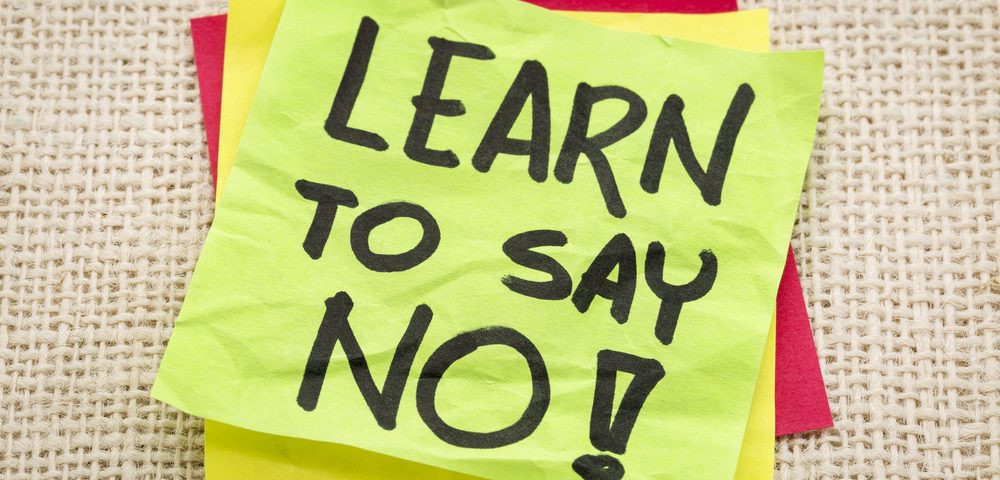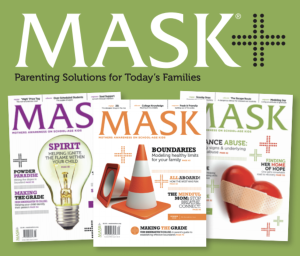
Bullying, What’s Underneath All That
April 13, 2021
Battling Loneliness
April 15, 2021
To help parents understand the importance and impact of teaching their college-aged child to say no, we asked Aaron D. Krasnow, Ph.D., Associate Vice President of Arizona State University Counseling Services and Health Services, to provide some insight and advice. Here’s what he shared.
![]() Despite having left high school, college students often feel the pressure to engage in risky behaviors to fit in. What is the difference between peer pressure in high school and peer pressure in college?
Despite having left high school, college students often feel the pressure to engage in risky behaviors to fit in. What is the difference between peer pressure in high school and peer pressure in college?
Peer pressure is mostly about a person’s perception of their relationship with other people. Often, people feel pressured to engage in certain behaviors because they are trying to play a role in their friend group, are trying to establish an identity amongst others, or are trying to avoid conflict in social situations. All of this has to do with being concerned with how others perceive you, as opposed to focusing on how you want to behave.
Peer pressure in college is different mostly because the social situations are different: unfamiliar people, new setting, few boundaries, and no parents to report in to at the end of the day.
![]() How can college students deal with peer pressure? Is it enough just to say no?
How can college students deal with peer pressure? Is it enough just to say no?
A firm “no, thank you” does work in most situations. But the reason people struggle with that is because we overestimate the possible negative reactions to the “no” and underestimate the potential consequences of the “yes.”
When not in a pressure situation, most children and young adults can see that this is backwards, but under pressure we become preoccupied with the social consequences. That’s because for all of us, and especially children and young adults, the most important thing is how their relationships are going. It is very difficult to just say no when we feel like a no might cost us our social standing.
![]() Since college students are on their own and making their own decisions, are they more likely to give in to peer pressure?
Since college students are on their own and making their own decisions, are they more likely to give in to peer pressure?
College is about learning, growing and making decisions. Some of those decisions are well thought out; others are more impulsive. This is normal and often is less about peer pressure and more about the college student trying out different ways of being.
![]() What can parents do to help their college-aged child deal with peer pressure?
What can parents do to help their college-aged child deal with peer pressure?
We recommend parents talk to their children about the types of pressures the child anticipates in college and the types the parent anticipates. Then keep that dialogue open, referring back to it. Has any of it happened? Did their response surprise them? Any new pressures no one anticipated? Try to do this without telling them how to respond to the pressure. That way the student knows you trust them, even though they will be faced with these challenges.
![]() What can schools do to help students make healthy choices rather than give in to peer pressure and engage in risky behaviors?
What can schools do to help students make healthy choices rather than give in to peer pressure and engage in risky behaviors?
It’s important for schools to do two things: 1) Give students the resources and support to build self-confidence and learn about the problems associated with risky behaviors, and 2) Provide opportunities for social engagement where students can feel free of risky behaviors.
MASK the Parenting Magazine a quarterly publication providing solutions for Today’s Families.
The parenting manual offering solutions to the modern-day challenges families face. From Pre-K
through College stay up to date on the modern day issues families face.
Are you up to date on the issues your child is facing?
MASK Mothers Awareness on School-age Kids offers parenting solutions for today’s families. MASK tackles important topics – from drugs and alcohol to bullying and Internet safety -and gives students, parents and the community the knowledge and tools to manage these potential challenges.
Subscribe today! https://www.tools4teaching.com/product/mask-the-magazine/
Download and share the MASKmatters app now! Made for children, parents, teachers and in Spanish.
Have solutions at your fingertips
Available free on apple and google play links below
Apple https://apps.apple.com/us/app/maskmatters/id1482305692
Google Play
https://play.google.com/store/apps/details?id=com.maskmatters.maskmattersapp&hl=en_US&gl=US




